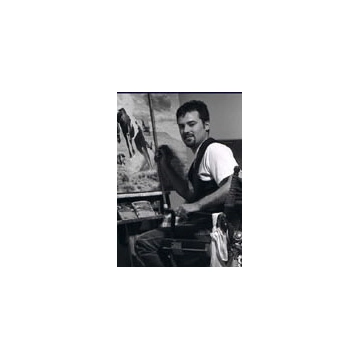
Bob Coronato
Represented by The Collection Shop Updated on Friday, January 9, 2026
THE COLLECTION
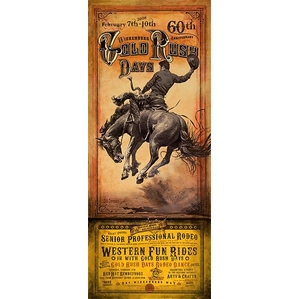
Bob Coronato Gold Rush Days Limited Edition Print
Price: $495.00
gwgold
Layaway with 3 pymts of $165.00
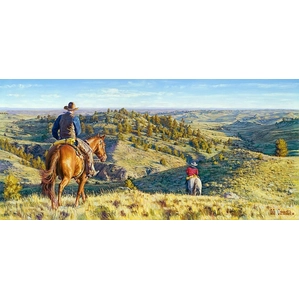
Bob Coronato Head five miles that way then go five miles that SMALLWORK EDITION ON Canvas
..CO00017
Layaway with 3 pymts of $0.00
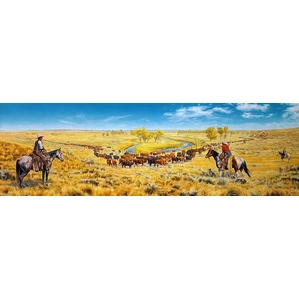
Bob Coronato Nothn like the Feeln of Riden a Fine Horse MUSEUM EDITION ON Canvas
Price: $2,450.00
CO00012
Layaway with 3 pymts of $816.67
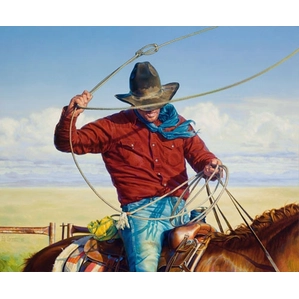
Bob Coronato No PlaceFor Amateurs! Master Works Edition On Canvas
Price: $1,250.00
CO00008
Layaway with 3 pymts of $416.67
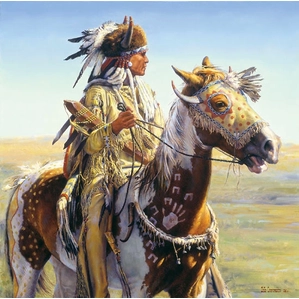
Bob Coronato Today we will look our best And you will take me where I want to go Tomorrow they will te Canvas
Price: $850.00
CO00010
Layaway with 3 pymts of $283.33
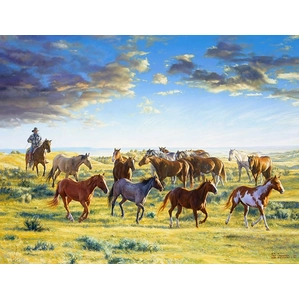
Bob Coronato The Horse Wrangler gatherd the morn Canvas
Price: $750.00
CO00006
Layaway with 3 pymts of $250.00
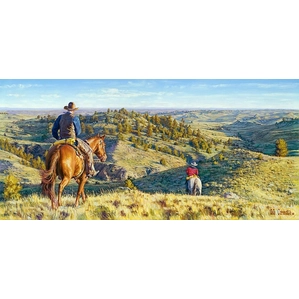
Bob Coronato Head Five Miles That Way Then Go Five Miles That Way...smallwork Canvas Edition
..gwheadthat
Layaway with 3 pymts of $0.00
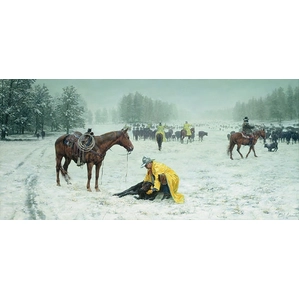
Bob Coronato June 9th in the Black Hills P'ard all I remembert' Canvas
Price: $795.00
CO00007
Layaway with 3 pymts of $265.00
